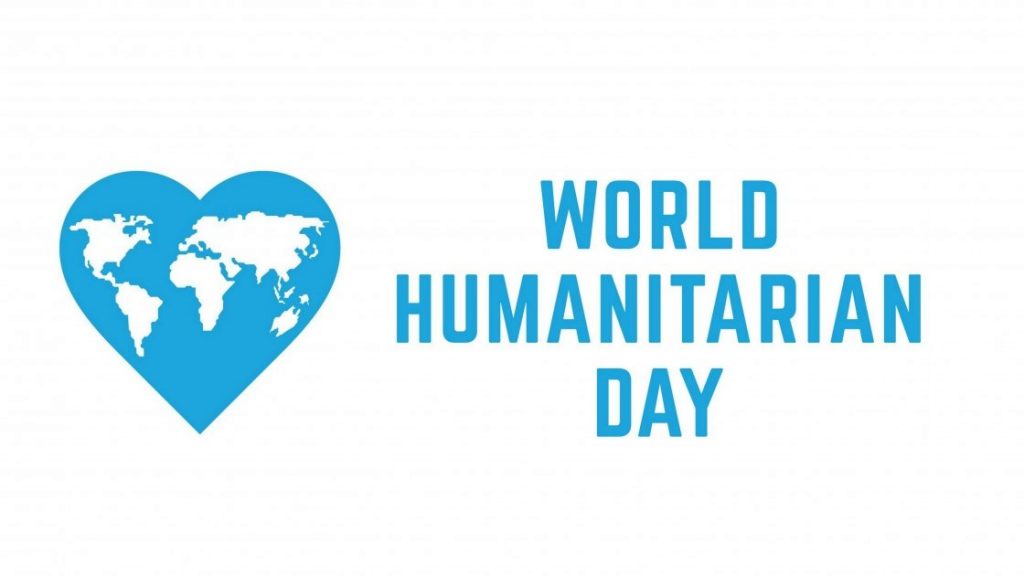Charlotte Stone writes: In the middle of the global response to the COVID 19 crisis, World Humanitarian Day 2020 celebrates the world’s #RealLifeHeroes. On Twitter, a whole range of international organisations are honouring those across the humanitarian sector who work to meet the increasingly complex needs of the world’s vulnerable.
COVID 19 has rapidly become one of the most significant threats to humanity and global stability of the last 50 years. Its path is likely to be a recurring pattern for future crises, in a world threatened by complex and interrelated challenges. These include climate change, protracted conflict and inequality.
A stretched system
This year, the UN expects that 168 million people worldwide will need help and protection in crises in more than 50 countries. This is more than ever before.
The humanitarian system is over-stretched. Responding to immediate demand is challenging, without having to make space to consider global trends, risks and possible futures. But increasingly, humanitarian crises are “predictable surprises“. A more anticipatory approach would help the sector to both prevent and mitigate future crises. Anticipating crises and learning to manage risk should be a priority.
Building partnerships
But the humanitarian system can’t go it alone. It needs to build partnerships and collaborate better across traditional and non-traditional sectors. A more systemic approach is also needed to bridge institutional divides, encourage innovation and enable local actors to develop solutions.
At the World Humanitarian Summit in 2016 the Secretary-General called for humanitarian action (pdf) to be ‘as local as possible, as international as necessary’. This has triggered multiple different initiatives to implement locally-driven humanitarian action.
As the COVID-19 crisis unfolds, the need for a future-facing approach is urgent. SOIF has worked with organisations in the humanitarian sector to help them to get ‘future-fit’. Our joint toolkit with Save the Children UK (pdf) is also available to all actors in the humanitarian and development sectors as a practical aid to futures thinking.

